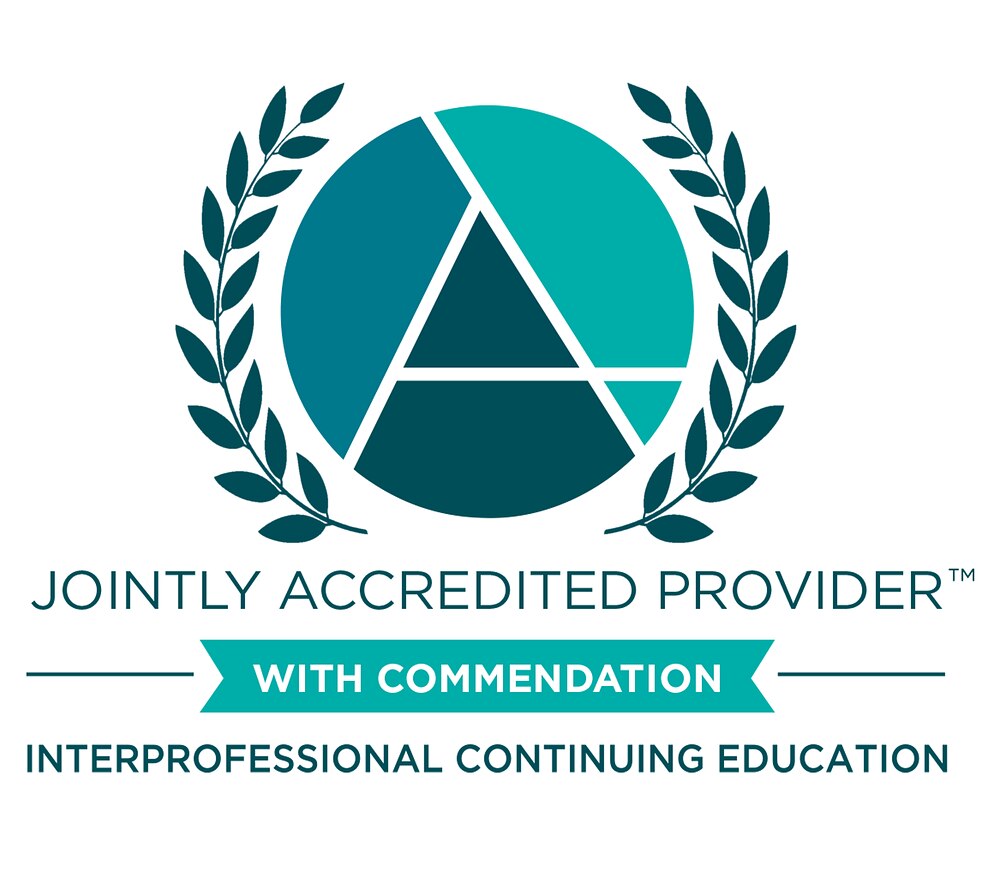As the global population ages, the number of people living with dementia (PLwD) is rising rapidly, placing increasing demands on healthcare systems. Yet, traditional health sciences curricula often lack sufficient focus on brain health, caregiver support, and interprofessional collaboration. The Healthy Aging Initiative (HAI) was developed to address these gaps and prepare interprofessional students to meet the complex needs of older adults through collaborative, person-centered care.
This Lightning Talk will describe the development and implementation of the HAI curriculum, which includes three complementary educational programs, all of which are virtual:
ICDC (Interprofessional Community Dementia Caregiving) Mini-Course: A 5-week course that engages learners experientially with caregivers of PLwD and dementia care specialists.
ADICS (Aging and Dementia Interprofessional Simulation): A 2-week simulated learning experience using standardized patients that engages learners in the practice of IP team building and effective communication skills.
HBHA (Health Brain, Healthy Aging) Mini-Course: A 2-week course that engages learners with community members with lived experience to explore factors contributing to brain health across the lifespan and to incorporate this knowledge into the development of plans of care.
While each program differs in format and focus, all share a commitment to interprofessional education (IPE), community engagement, and aging-related content. The curriculum targets rehabilitation science students across professions and is delivered through a virtual format strategically designed to accommodate diverse learning needs and reinforce layered learning.
The curriculum was developed through a multi-phase process:
Planning & Needs Assessment: Stakeholder input from interprofessional faculty, students, and clinical partners informed the initial design.
Grant Proposal & Funding: A collaborative grant process secured funding to launch the initiative.
Curriculum Design: IPE principles guided the development of learning objectives, activities, and assessments.
Implementation: Courses were piloted with interprofessional cohorts using simulations, community partnerships, and reflective practice.
Evaluation: Mixed-methods evaluation (pre/post surveys, reflections, qualitative feedback) demonstrated increased student confidence in interprofessional collaboration and dementia care.
Expansion & Sustainability: Integration with the Center for Interprofessional Practice and Education (CIPE) and inpatient geriatric simulations supports long-term sustainability.
Conclusion:
The HAI demonstrates the value of layered, interprofessional learning experiences in preparing a dementia-capable, aging-ready workforce. Lessons learned through design and pilot implementation offer a sustainable model that can be replicated and integrated into core curricula, reinforcing the importance of workforce preparedness in the face of a rapidly aging population.
In support of improving patient care, this activity is planned and implemented by The National Center for Interprofessional Practice and Education Office of Interprofessional Continuing Professional Development (National Center OICPD). The National Center OICPD is accredited by the Accreditation Council for Continuing Medical Education (ACCME), the Accreditation Council for Pharmacy Education (ACPE), and the American Nurses Credentialing Center (ANCC) to provide continuing education for the healthcare team.
As a Jointly Accredited Provider, the National Center is approved to offer social work continuing education by the Association of Social Work Boards (ASWB) Approved Continuing Education (ACE) program. Organizations, not individual courses, are approved under this program. State and provincial regulatory boards have the final authority to determine whether an individual course may be accepted for continuing education credit. The National Center maintains responsibility for this course. Social workers completing this course receive continuing education credits.
The National Center OICPD (JA#: 4008105) is approved by the Board of Certification, Inc. to provide continuing education to Athletic Trainers (ATs).
This activity was planned by and for the healthcare team, and learners will receive Interprofessional Continuing Education (IPCE) credit for learning and change.


Physicians: The National Center for Interprofessional Practice and Education designates this live activity for AMA PRA Category 1 Credits™. Physicians should only claim credit commensurate with their participation.
Physician Assistants: The American Academy of Physician Assistants (AAPA) accepts credit from organizations accredited by the ACCME.
Nurses: Participants will be awarded contact hours of credit for attendance at this workshop.
Nurse Practitioners: The American Academy of Nurse Practitioners Certification Program (AANPCP) accepts credit from organizations accredited by the ACCME and ANCC.
Pharmacists and Pharmacy Technicians: This activity is approved for contact hours.
Athletic Trainers: This program is eligible for Category A hours/CEUs. ATs should claim only those hours actually spent in the educational program.
Social Workers: As a Jointly Accredited Organization, the National Center is approved to offer social work continuing education by the Association of Social Work Boards (ASWB) Approved Continuing Education (ACE) program. Organizations, not individual courses, are approved under this program. State and provincial regulatory boards have the final authority to determine whether an individual course may be accepted for continuing education credit. The National Center maintains responsibility for this course. Social workers completing this course receive continuing education credits.
IPCE: This activity was planned by and for the healthcare team, and learners will receive Interprofessional Continuing Education (IPCE) credits for learning and change.
Learners can claim CE credit by completing the Daily Evaluation.



